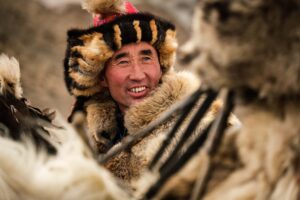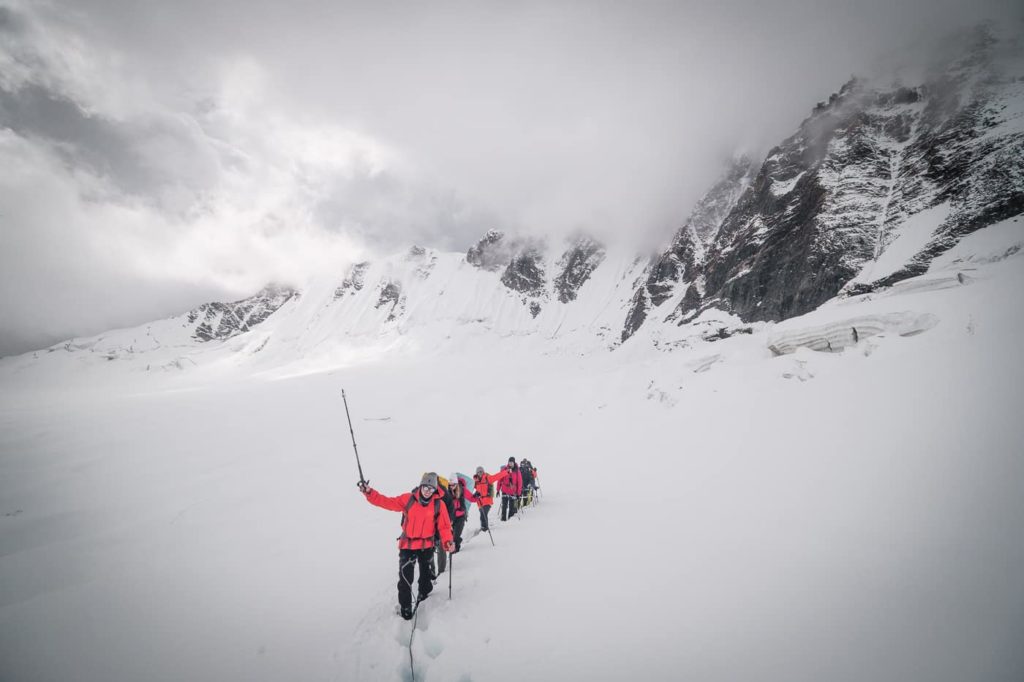Mountains can be treacherous. Aside from inclement weather, they often come with challenging terrain. To overcome the elements and achieve your goals, you will need a good pair of boots to help get you to where you need to go.
Choosing the right footwear is an essential part of equipping yourself for your next adventure. And the type of adventure you undertake will dictate the kind of boots you need. You don’t want to take something too flimsy in harsh climates nor do you want to be wearing a pair of heavy alpine boots when you don’t need them. For every situation, there’s a correct boot to have.
So whether you’re getting into mountaineering for the first time, or you’re a veteran adventurer, knowing the difference between mountaineering and hiking boots will better allow you to prepare for each environment. Here’s what you need to know about mountaineering boots vs hiking boots, and how to choose the right option for yourself.
Why the Correct Footwear Matters
If you’ve ever worn the wrong shoes or boots for an extended period of time, you know how quickly a fun experience becomes torturous. Ill-fitting or inappropriate footwear can be cumbersome, and cause blisters, fatigue, or even injuries.
When it comes to hiking and mountaineering, this reality becomes even more vivid since you may be undertaking tasks like scrambling, ice climbing, and traveling over technical passes.
Choosing proper footwear for each outdoor environment is a vital part of your success. Having a well-fitting, comfortable pair of boots that can handle varied terrain helps to keep your feet stable and protected even on those long, extreme mountain days.
What You’ll Need Depends on the Terrain
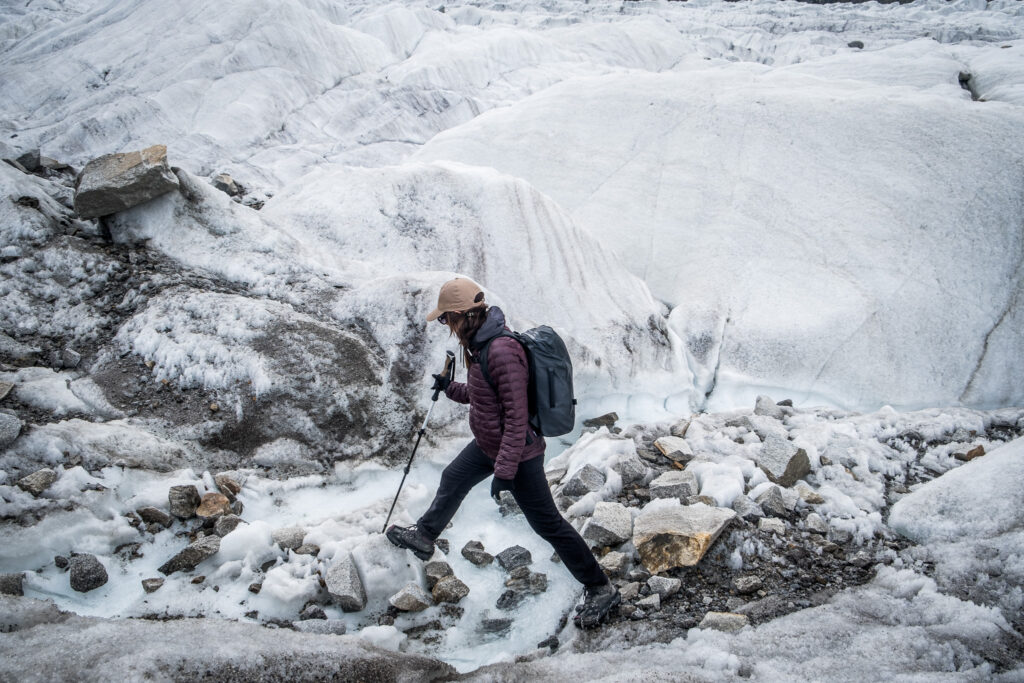
Comfort and fit are two important considerations for any type of footwear. Remember: you’re going to be practically living in these shoes for an extended period of time, so they’ll need to feel good.
Another vital component to finding the right footwear is the terrain type you’ll be expecting to encounter. Will you be hiking on groomed trails with little elevation change? Will you be climbing a high-altitude peak, tackling snow, and glaciers along the way? Or will your needs exist somewhere between these extremes?
Understanding your intended use will help you determine whether you need hiking boots or mountaineering boots for your next adventure.
Mountaineering vs Hiking
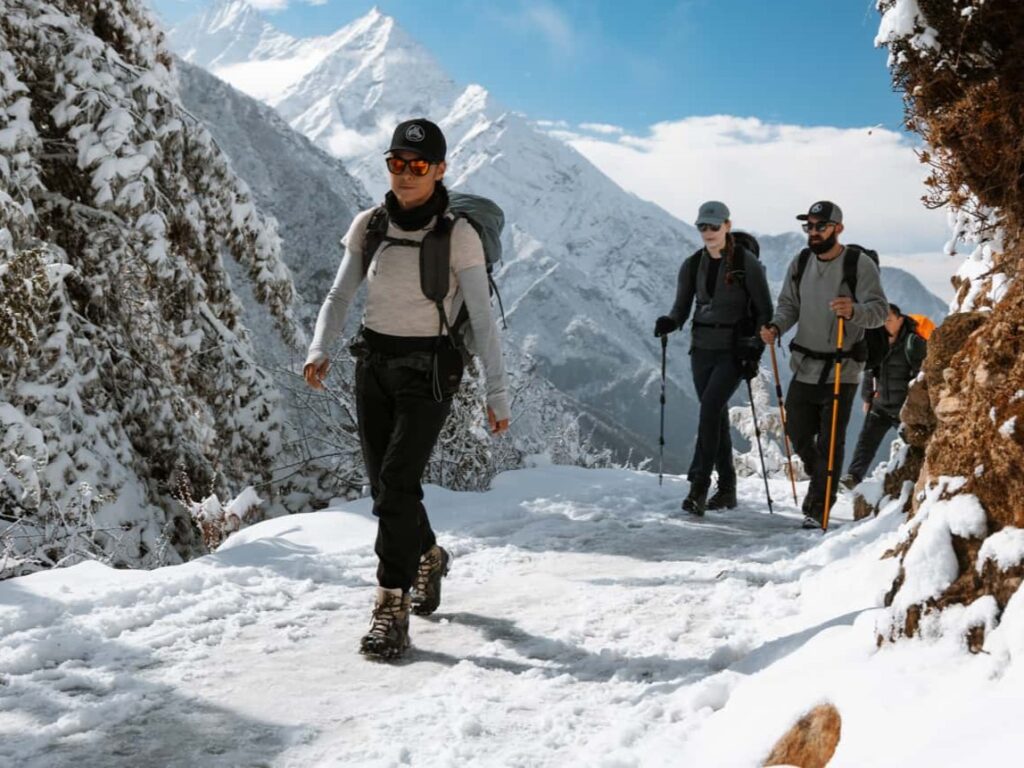
At face value, mountaineering and trekking seem like similar sports. However, the physical requirements and conditions that you might encounter in each activity can widely vary.
Mountaineering is a sport that can involve walking through steep terrain, sometimes with the use of ropes for ice, and rock climbing. It may also involve glacier crossings and highly technical scenarios that require the use of crampons.
Trekking, on the other hand, isn’t usually a technical activity. Nor does it usually require rope usage and fancy mountain equipment. And trekkers seldom require the use of crampons either. Instead, most treks simply involve walking with various amounts of elevation change. The distinction between the two sports is nuanced but important since it impacts how you should plan for the endeavor at hand.
When Hiking Boots Make Sense
Hiking boots are a great footwear choice for general outdoor use and well-traveled trails. They still provide foot protection, better grip than trail runners and sneakers, durability, and great support. While they generally lack the specialized features that technical mountaineering boots offer, they still provide a highly-equipped type of footwear for outdoor adventures.
Let’s use some Epic trips as examples:
- Active Madeira Tour – Mostly composed of coastal hikes and scrambles in volcanic mountain ranges where agility is paramount. A lighter pair of hiking boots would be more than appropriate for this trip.
- Hiking in the Altai Mountains – A much colder environment but not one that is necessarily technical. A thicker, warmer pair of trekking boots combined with a good pair of hiking socks would help keep feet warm, but alpine boots are still not warranted.
- K2 Base Camp Trek – Crossing Gondogoro La may require alpine boots depending on the amount of snow and competency of the hiker. People may want to start considering bringing both a pair of trekking boots and alpine boots for the climbing portion.
What Makes for Good Trekking Boots?
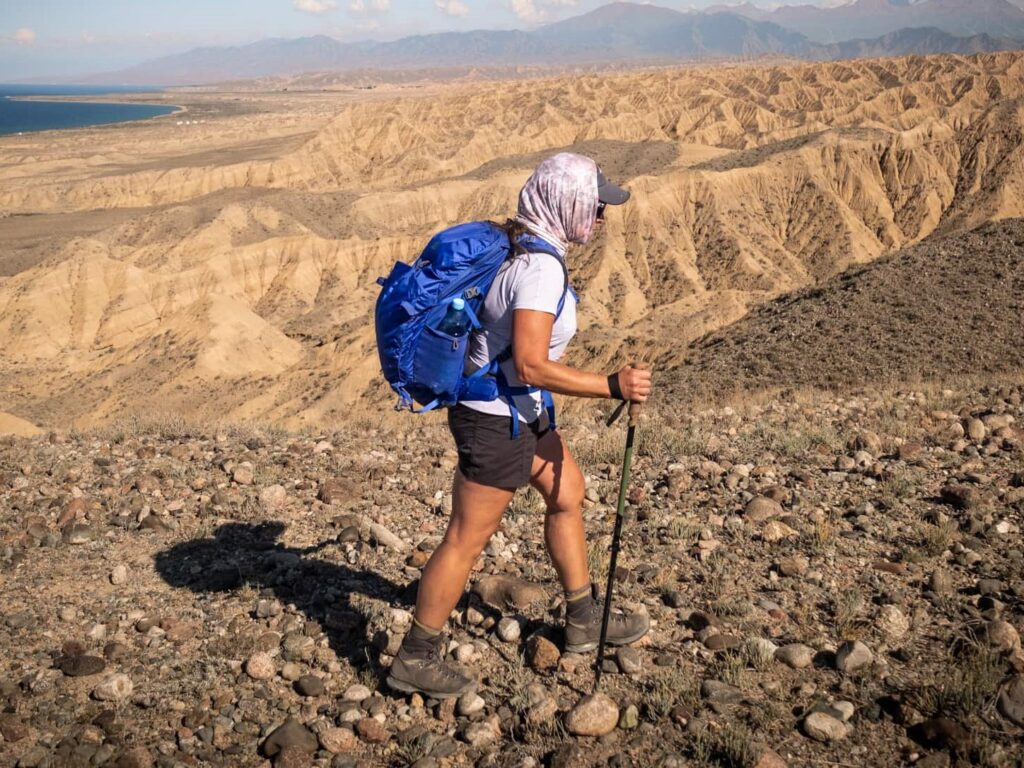
A good pair of hiking boots should provide:
- Comfort: Trekking boots should easily provide both cushioning and support on rocky and uneven ground.
- Flexibility: After a brief break-in period, hiking boots should provide traction while also allowing your feet to comfortably move. A pair of shoes that’s too restrictive will result in blisters and potentially other injuries.
- Waterproofing: While waterproofing isn’t an essential component for trekking boots, it can be helpful in snowy, wet, or icy environments. Some boots provide both water-resistant materials and liners to keep your feet dry throughout the day.
- Breathability: While hiking boots are inherently more insulated than other forms of footwear, some amount of airflow helps to air out your feet, allowing sweat to evaporate.
- Ankle support: Generally, hiking boots provide ankle support and protection on some level, but they’re usually lower and less rigid than mountaineering boots.
What are the Best Trekking Boots?
The outdoor market is full of high-quality trekking boots that easily accommodate a range of hiking types. Some of the best trekking boots include:
- La Sportiva Ultra Raptor II – This is an impressive lightweight hiking boot, and efficient on rock, dirt, and snow. The Gore-tex option adds an extra layer of support against wet conditions, and the soft boot opening supports fluid movement in mild, moderate, and extreme environments.
- Scarpa Moraine Mid – Best known for selling high-performance outdoor footwear for climbing, casual, and mountain environments, Scarpa continuously innovates shoe and boot designs to support eco-friendly practices. The Scarpa Moraine Mid is the perfect example, with its breathable paneling and water-resistant PFA-free materials.
- Danner Crag Rat Evo – The Danner Crag Rat Evo are built with full-grain leather, Gore-Tex waterproofing, and a Vibram outsole which makes them comfortable, weather-resistant, and protective. The all-terrain design makes them a stand-out boot for most hiking environments.
- Oboz Sawtooth X Mid B-Dry Waterproof – These boots come with an anatomic insole to provide immediate foot comfort. They’re also made with responsibly sourced leather and an eco-conscious waterproofing technology.
The key to finding a quality hiking boot is in the details. What’s the tread like? Are the boots built for rocky and uneven terrain? And do they need to have weather resistance for your upcoming adventures? Dialing into these features better enables you to make the selection that best accommodates your hiking needs.
What are Mountaineering Boots and When to Use Them
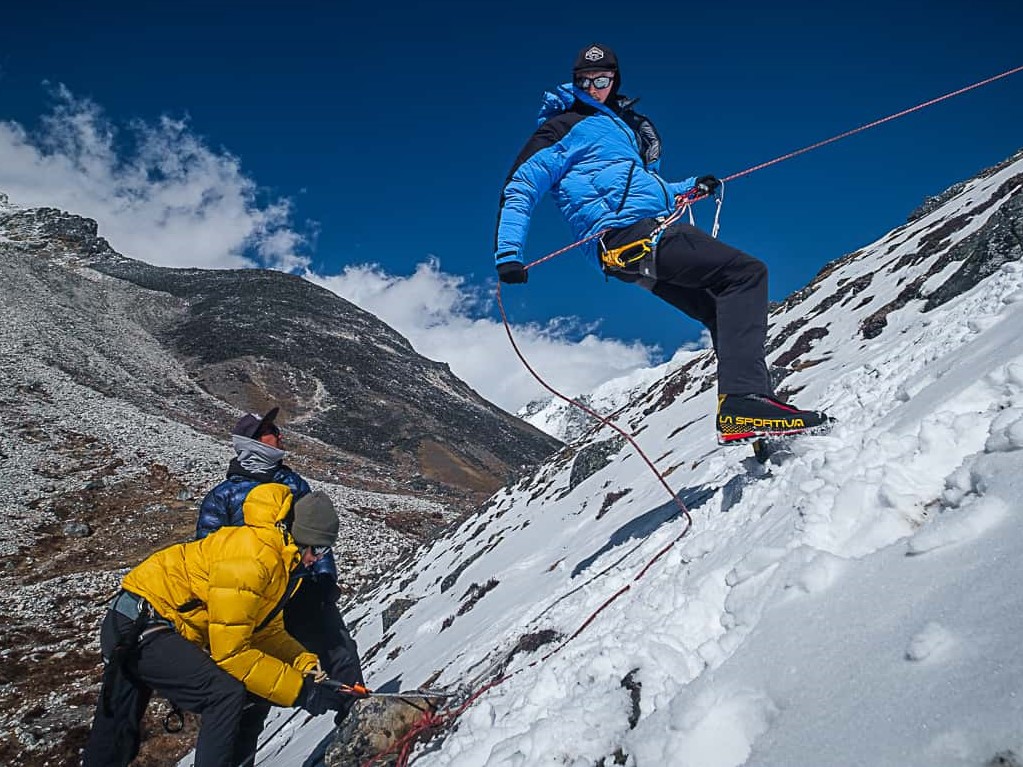
Hiking boots protect your feet from uneven terrain and rocks that you might encounter in less dramatic outdoor settings. Mountaineering boots, on the other hand, serve a more complex purpose, adapting to technical environments where you may need crampons and additional support to make the ascent. Trips that include glacier travel, ice climbing, more critical scrambling, and snow better lend themselves to a mountaineering boot.
What to Look for in Mountaineering Boots
Hiking boots provide the user with some comfort, support, and protection. Mountaineering boots should tackle all the same tasks as a good pair of hiking boots while adding a few extra features:
- Rigid Sole: A rigid mountaineering boot sole helps you to maintain stability while wearing crampons on icy and slick surfaces. In technical environments, it generally also affords more control.
- Crampon Compatibility: Mountaineering often requires superior traction to hiking environments, which is why they should be crampon compatible. This helps the user to travel more confidently over glaciers and ice. As a result, most mountaineering boots feature a lip on the heel for crampons.
- Insulation: If you’ve ever seen footage of mountaineers on peaks like Mount Everest, you know that the mountain temperatures that they face can be some of the most extreme temperatures on the planet. As a result, mountaineering boots must come with reliable insulation.
- Durability: Both hiking and mountaineering boots should come with durable features but this is even more essential for the mountaineer since technical gear and climbing can be taxing on your footwear.
- Waterproofing: Trekking or hiking boots often come with some water repellency, but mountaineering boots usually involve advanced waterproofing to support comfortable use in even deep snow.
- Type: There are many different kinds of mountaineering boots that are suitable for different conditions. Single alpine boots have one layer while double boots utilize two: an outer protective layer and inner insulating. Double boots are the most common type of alpine boots because of their adaptability. Triple boots also exist but are reserved for extreme situations.
Some Trips that Might Require Mountaineering Boots
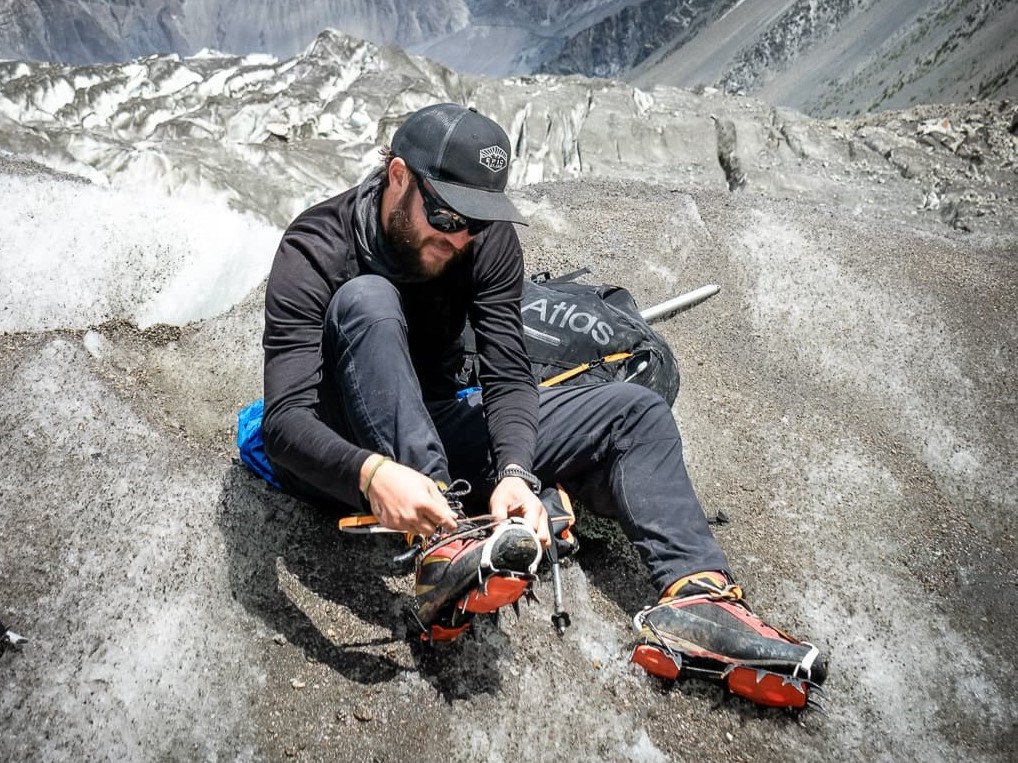
Good mountaineering boots can help to support the success of a trip. Athletes who find themselves on these types of active trips can usually benefit from using mountaineering boots:
- Ice Climbing – If technical crampons are part of the equation, you need mountaineering boots. A good example is our Island Peak itinerary, which involves some front pointing on mixed rock and ice.
- High Altitude Climbing – Since high-altitude climbing often involves ice and glacier travel, mountaineering boots like those you might find on Mt. Everest or K2 may be warranted. This is when you would reach for a triple boot.
- Rock Scrambling & Mixed Terrain – Mixed terrain (or terrain that might switch from gravel or rock to ice) requires a boot with more versatility, better traction, and a solid sole. Good mountaineering boots tackle all of these tasks.
What are the Best Mountaineering Boots?
The best mountaineering boots tackle a wide variety of terrain types while leaving your feet insulated and comfortable. Some of the most popular, and consistent mountaineering boots designed for technical climbs include:
- La Sportiva Nepal Cube GTX – One of the most popular insulated mountaineering boots available, the La Sportiva Nepal Cube GTX takes regular trips to the world’s most technical and challenging peaks. It performs well in both ice and high-altitude environments.
- Scarpa Mont Blanc Pro GTX – The Scarpa Mont Blanc Pro is designed for mixed alpine climbing. It’s a heavy-duty boot that balances comfort with durability.
- Mammut Nordwand Pro High GTX – Best known for its insulation and support, the Mammut Nordwand Pro High GTX is a great pick for extreme environments.
- Salewa Ortles Light Mid Powertex Boot – Built for athletes who love to travel quickly, the Salewa Ortles Light Mid Powertex Boot is a great boot for moderate environments.
Additional Tips for Choosing Mountaineering or Hiking Boots
Everyone’s feet are different, so finding footwear that prioritizes comfort and capability is a unique process for each person. There are a number of tips that can be used to help you determine whether you need trekking or alpine boots for your next adventure.
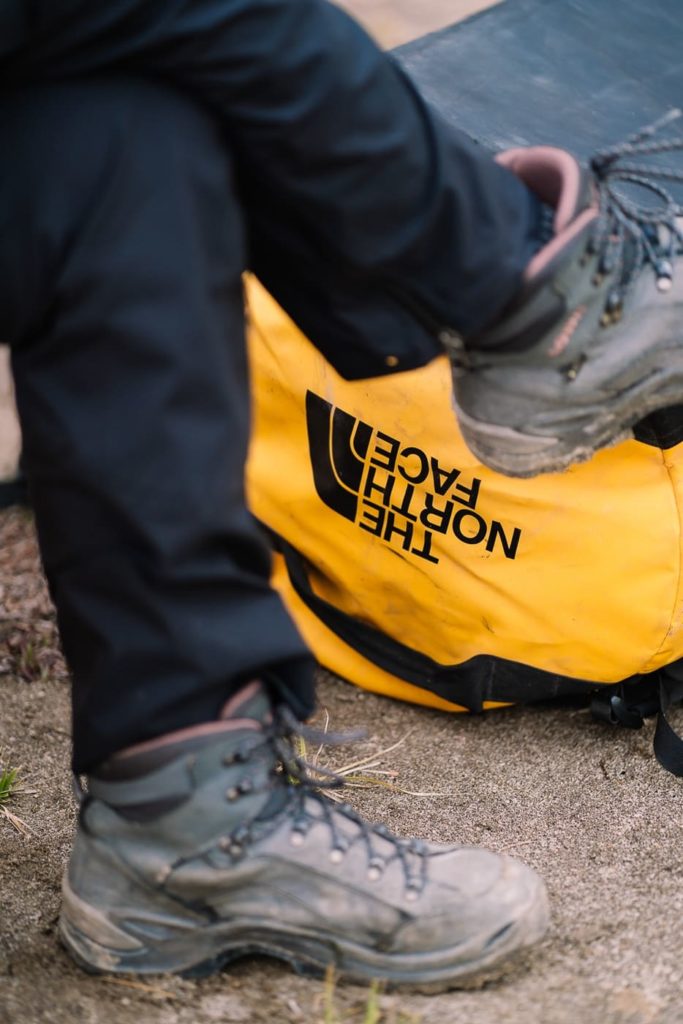
Think About Weight
Mountaineering involves a lot of foot travel, and gear, which means that every ounce counts. When it comes to footwear, this same concept applies. You don’t want to be carrying an overly heavy boot if you don’t necessarily need them but you don’t want to come under-equipped with a delicate pair either.
Extreme adventurers prioritize lightweight mountaineering boots. Contemporary mountaineering boots can be impressively lightweight, occasionally even matching the weight of less-capable hiking boots. While the cost of superior equipment like mountaineering boots is reflected in the price tag, the return comes in the form of better stamina, and comfort.
Consider the Fit
Boot fit is the single most important factor to consider while evaluating the right choice of trekking or mountaineering boots. Getting trapped on a mountain for weeks or months with a pair of boots that’s too narrow or large can result in significant foot discomfort and injuries that you’ll need to take care of.
Whenever possible, try on the pair of boots you’re thinking about buying beforehand. Make sure to use the socks that you’re expecting to pair with your boots. Most athletes size up a little bit to account for foot swelling on the mountain.

Look for Versatility
Moderate trekking is generally straightforward and limited in terms of difficulty. But long, technical treks or routes on glaciers and icy peaks can be unpredictable.
Mountaineering boots can handle both alpine environments and trekking, which makes them a good option for athletes who expect to both hike and tackle technical peaks.
Trekking books, on the other hand, are a great option for non-technical environments but they lack the versatility of mountaineering boots.
It might be the case that you actually need a pair of both types of boots for your adventure: a lighter pair of trekking boots for the approach and a heavier, more durable pair of alpine boots for climbing. This is common when packing for an expedition and is a good reason why we recommend both on our K2 packing list.
Consider the Terrain
Evaluating the type of terrain you expect to experience while on your next adventure can help to determine whether you need trekking or alpine boots. Well-traveled trails with minimal snow and ice may encourage the use of trekking boots while terrain with steep slopes, snow, and ice may require the use of mountaineering boots since they provide better protection and aggressive traction.
Final Verdict: Which Type of Boot Do You Need?
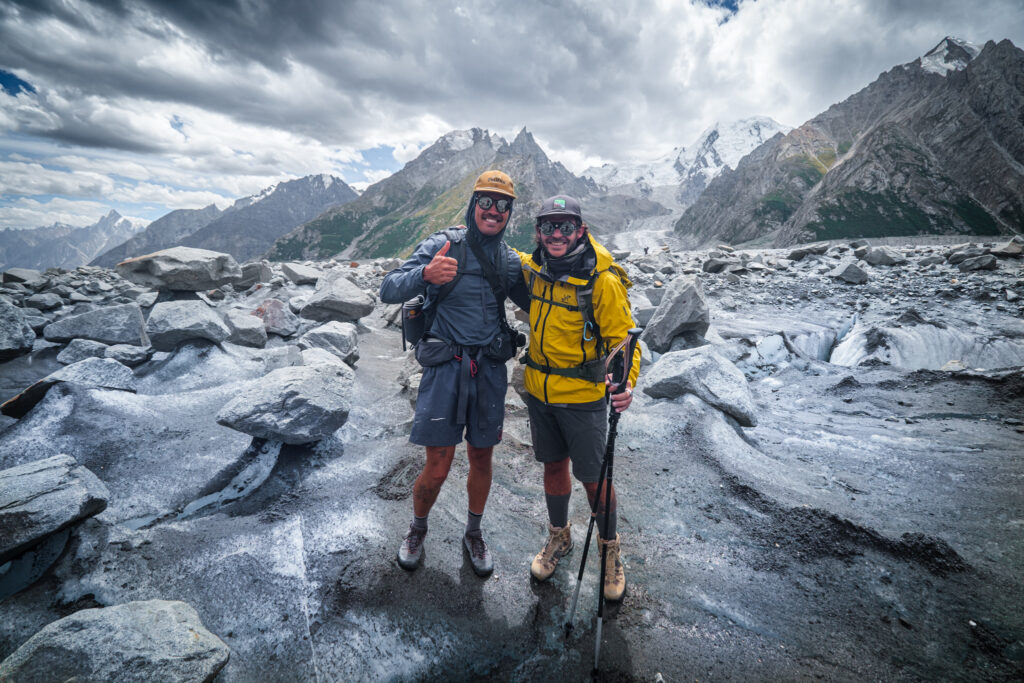
As a lover of the outdoors, choosing the right footwear can be an intimidating task. Determining whether you need hiking boots or mountaineering boots depends on factors like terrain and activity type. Generally speaking, more challenging expeditions in alpine or icy environments require the use of mountaineering boots while less technical adventures may be better suited to the use of hiking boots.
Before making your final selection, make sure to evaluate the environment in which you expect to be using your boots, the type of trip you’ll be taking, and your overall preference. If you’re not sure how to find the appropriate size or boot style, head to a local retailer to chat with an expert before heading to the mountains. When in doubt, choose the more versatile boot option. Chances are that it’ll serve you well no matter where you are.


